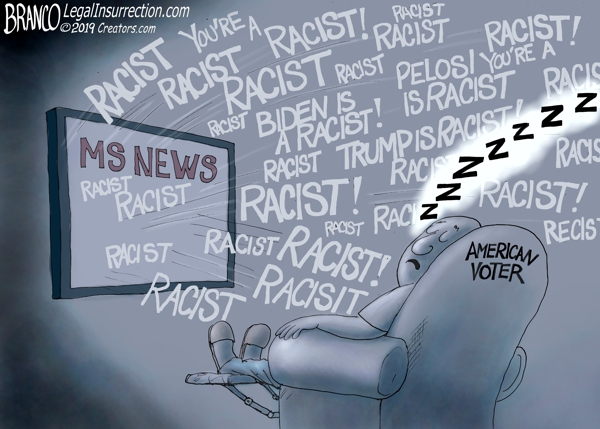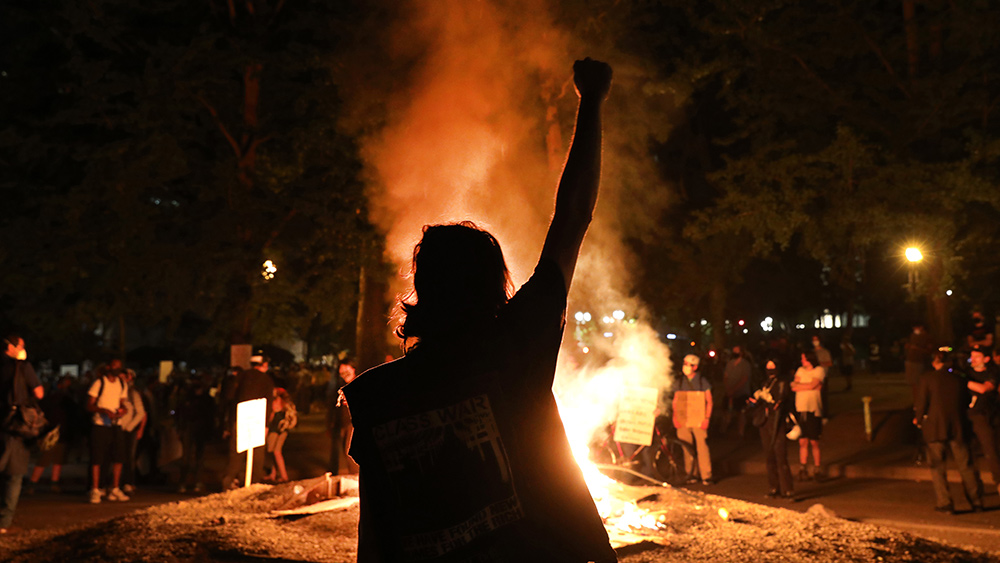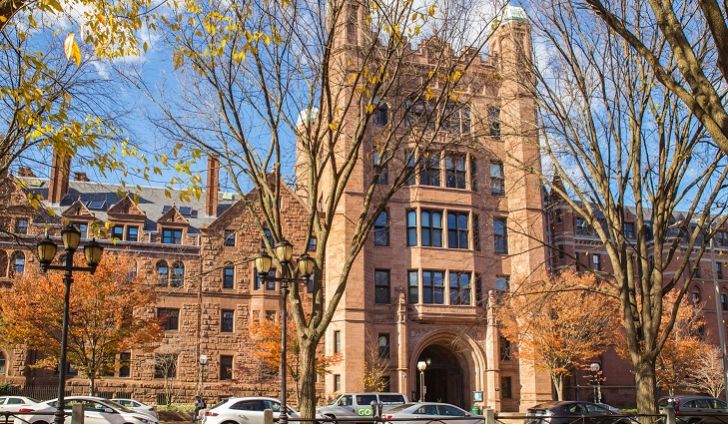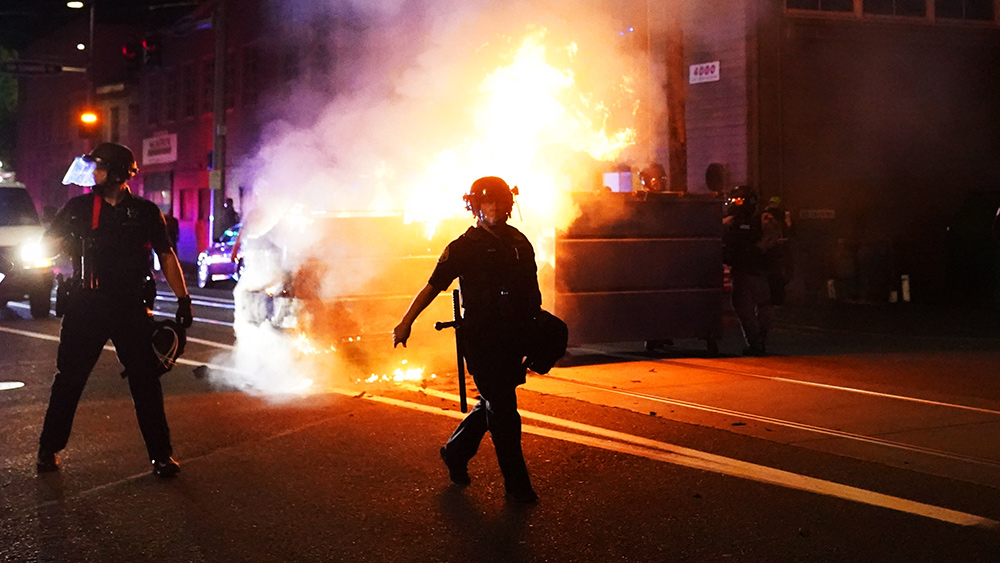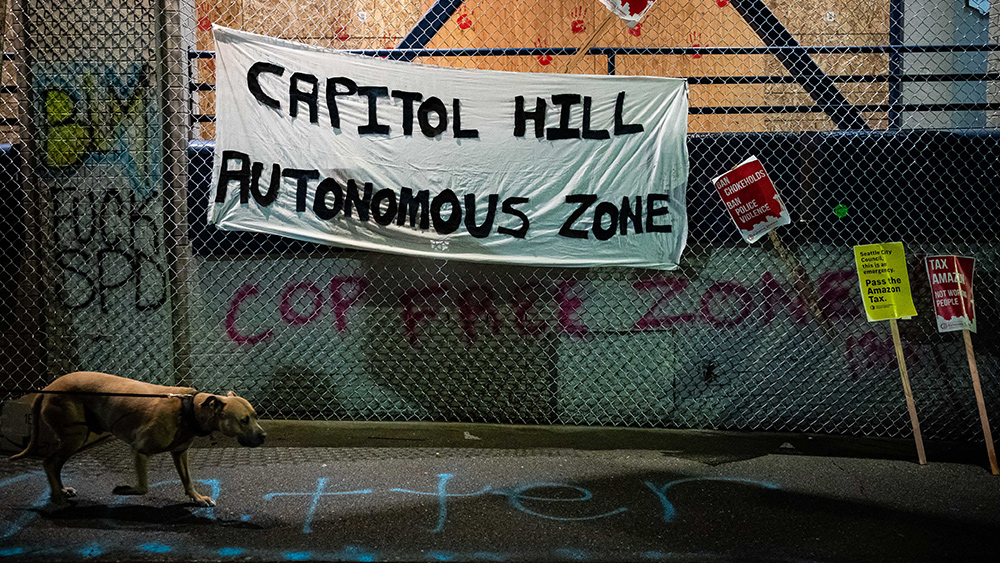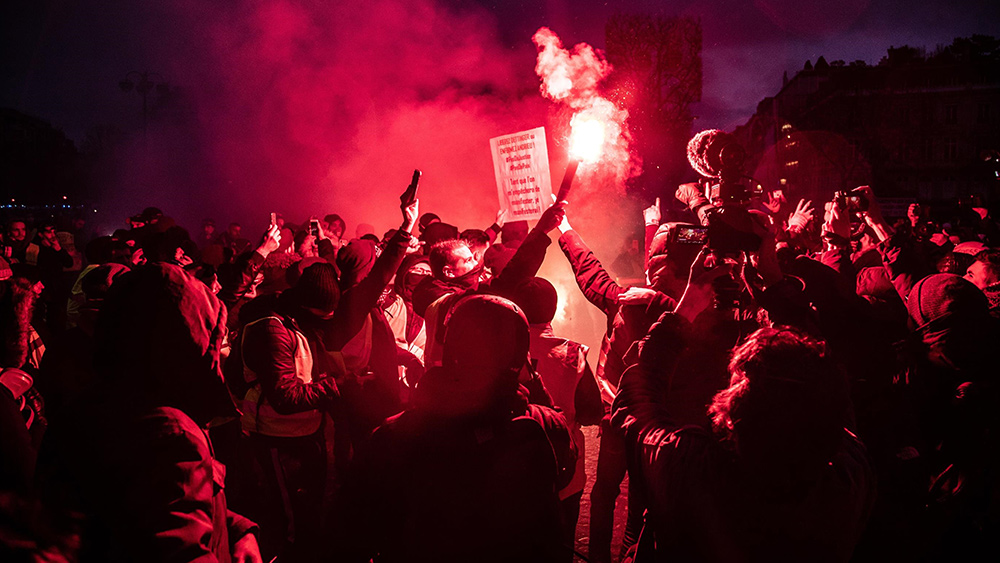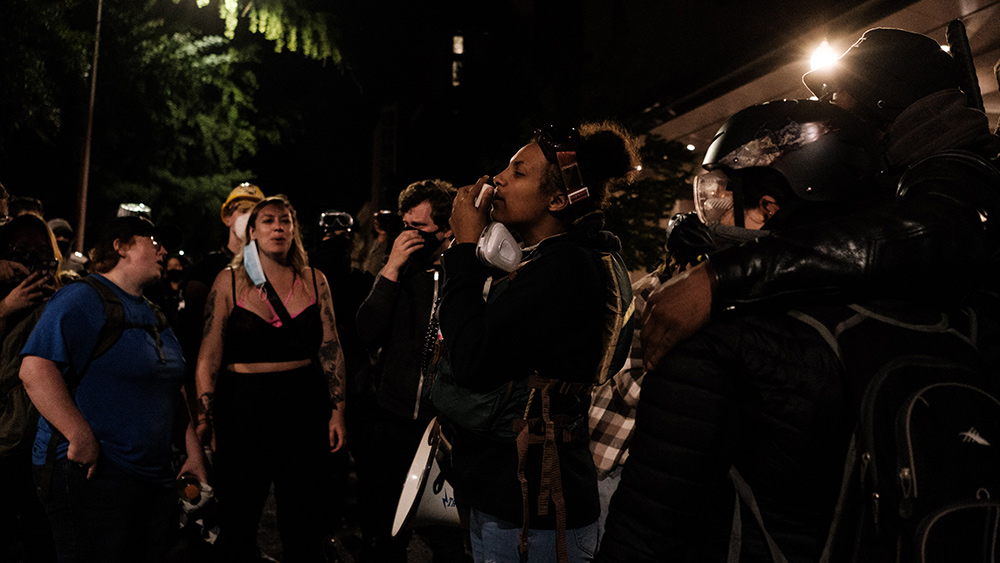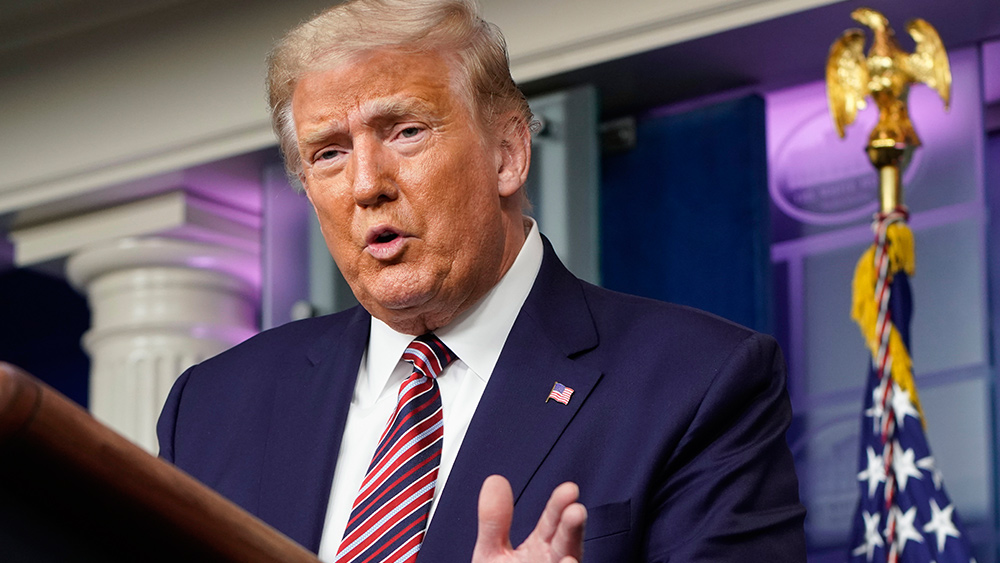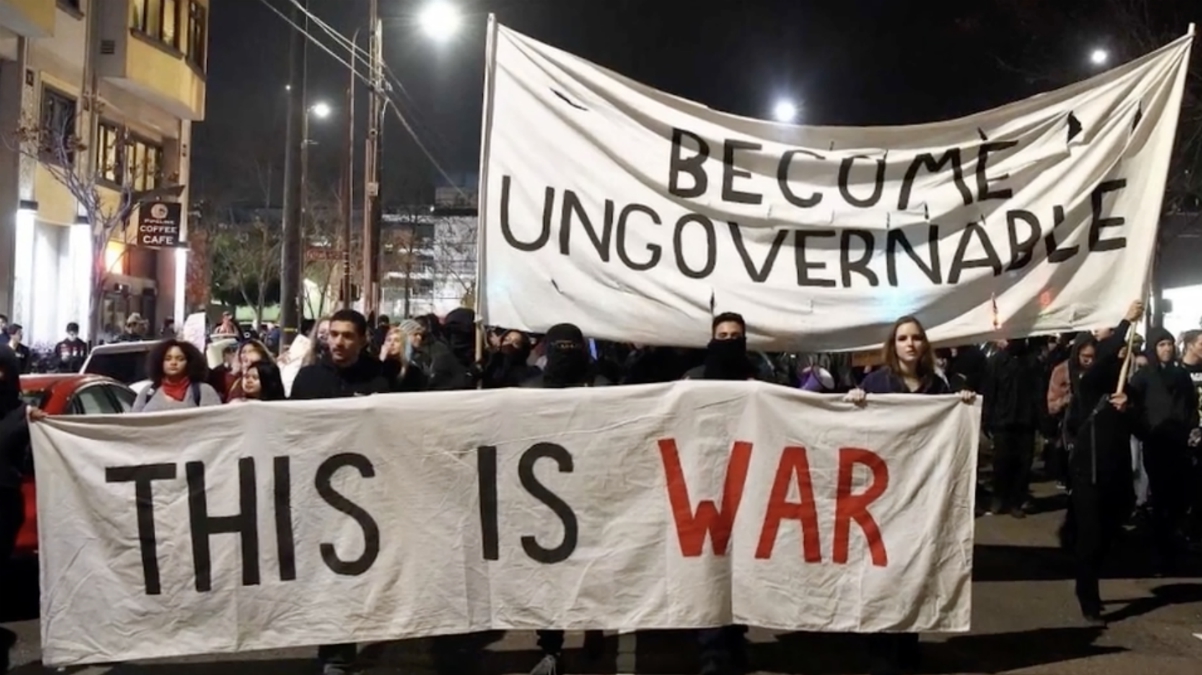Native American tribes kept human SLAVES, which means People of Color were slave masters even BEFORE the founding of America
10/12/2020 / By Cassie B.

When you picture slave masters, what comes to mind? If you were educated in America, you’re probably imagining a bunch of white guys on plantations. And while that representation isn’t completely wrong, it’s only part of the story – the truth is that many Native American tribes also kept human slaves.
This part of history tends to get glossed over in the zeal to paint Christopher Columbus as a wholly evil man. And while there is no question that settling America ended badly for many of those who had been living there before he and his crew arrived, some historians suggest that the idea of Native Americans as innocent, nature-loving people destroyed by Europeans isn’t exactly an accurate portrayal, or at least, an incomplete one.
In fact, some Native American tribes were holding war captives as slaves even before European colonization. They were often used to carry out labor; some were also tortured in religious rites. After Europeans began to settle the continent, some Native Americans were captured and sold by their fellow Native Americans into slavery to Europeans.
Moreover, some tribes held African American slaves. Historical records show that Native American groups like the Seminoles, Cherokee, Creek and Chickasaw made great efforts to assimilate into white society and this included adopting their enslavement of Africans as well. It was at this point that the Native American slavery practices started to become more like the European ones and distinguish slaves more often based on race.
This created a lot of tension, particularly in the south, as different Native American tribes viewed the ideology behind African enslavement differently. While some Native American nations would give sanctuary to runaway slaves in the 1800s, others would capture them and bring them back to their white masters; some would simply re-enslave them for their own benefit. Others, however, incorporated them into their societies.
“The Five Civilized Tribes were deeply committed to slavery, established their own racialized black codes, immediately reestablished slavery when they arrived in Indian territory, rebuilt their nations with slave labor, crushed slave rebellions, and enthusiastically sided with the Confederacy in the Civil War,” museum curator Paul Chaat Smith said. Some were outright savages, and some even practiced cannibalism.
Columbus Day is not a celebration of slavery
Of course, these tribes also faced hardships and had to abandon their homelands, but claiming that only white people held slaves and therefore are somehow responsible for paying reparations is ridiculous and does not quite line up with what actually happened in history – never mind the fact that many whites and blacks in America today are not the descendants of slaves or slave owners.
This is one of many unfortunate parts of world history, but it is one that is conveniently forgotten or ignored by those who try to paint Columbus as history’s evil villain. Columbus Day was once a celebration of Italian heritage and honoring a significant moment in the history of a great nation. But these days, it’s considered “woke” to reject it, with calls for Columbus’s name to be removed from society and statues of the famous explorer being vandalized across the nation.
The truth is that people today celebrate Columbus Day not because they admire the man’s character or approve of the slavery that occurred during his era; it’s about the exploration that led to America becoming the country that it is today, where so many people are free and prosperous.
Sources for this article include:
Tagged Under: bigotry, Christopher Columbus, Columbus Day, enslavement, intolerance, left cult, Native Americans, people of color, race wars, real history, slave masters, slavery, slaves
RECENT NEWS & ARTICLES
COPYRIGHT © 2017 PENSIONS NEWS

